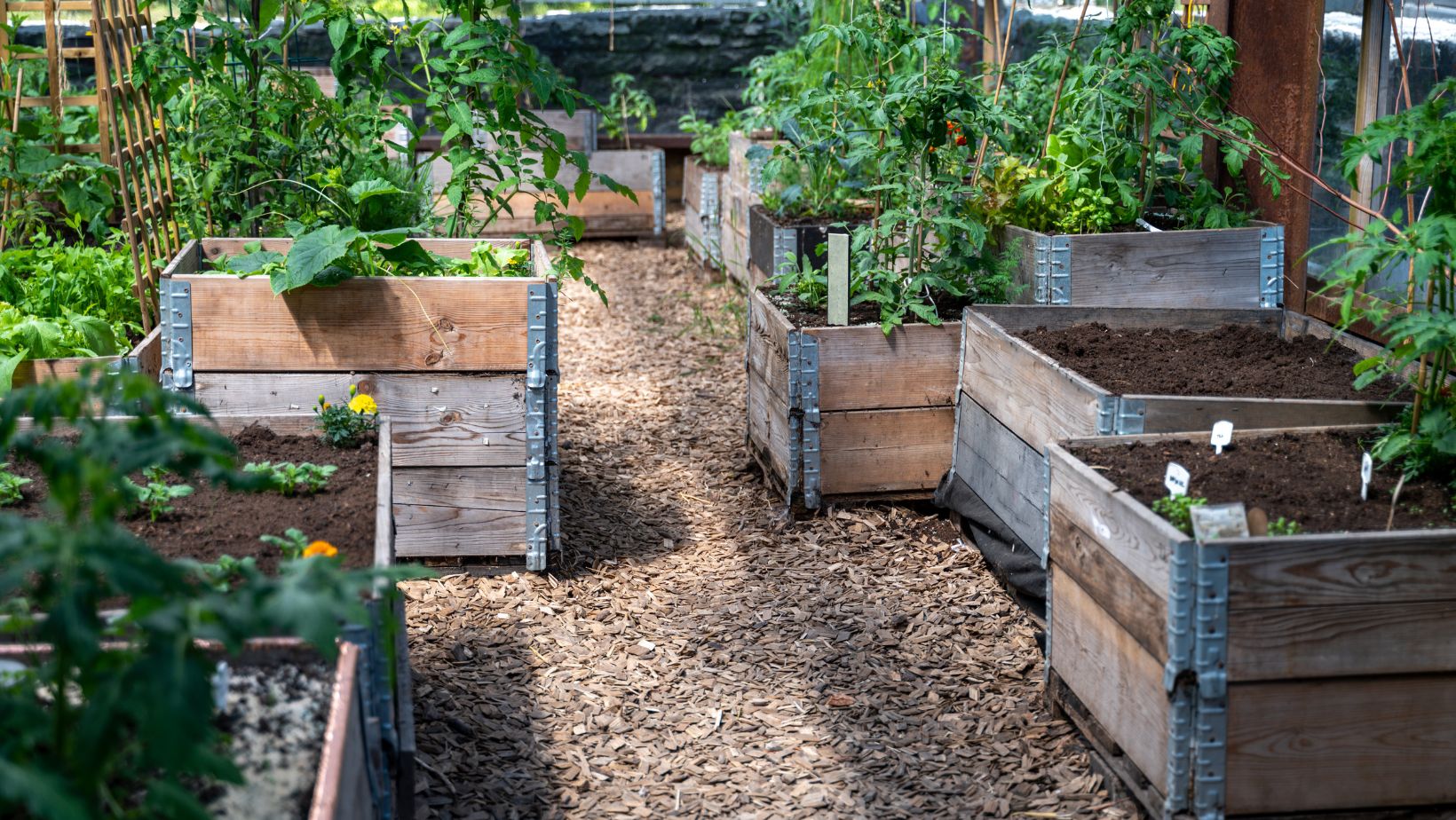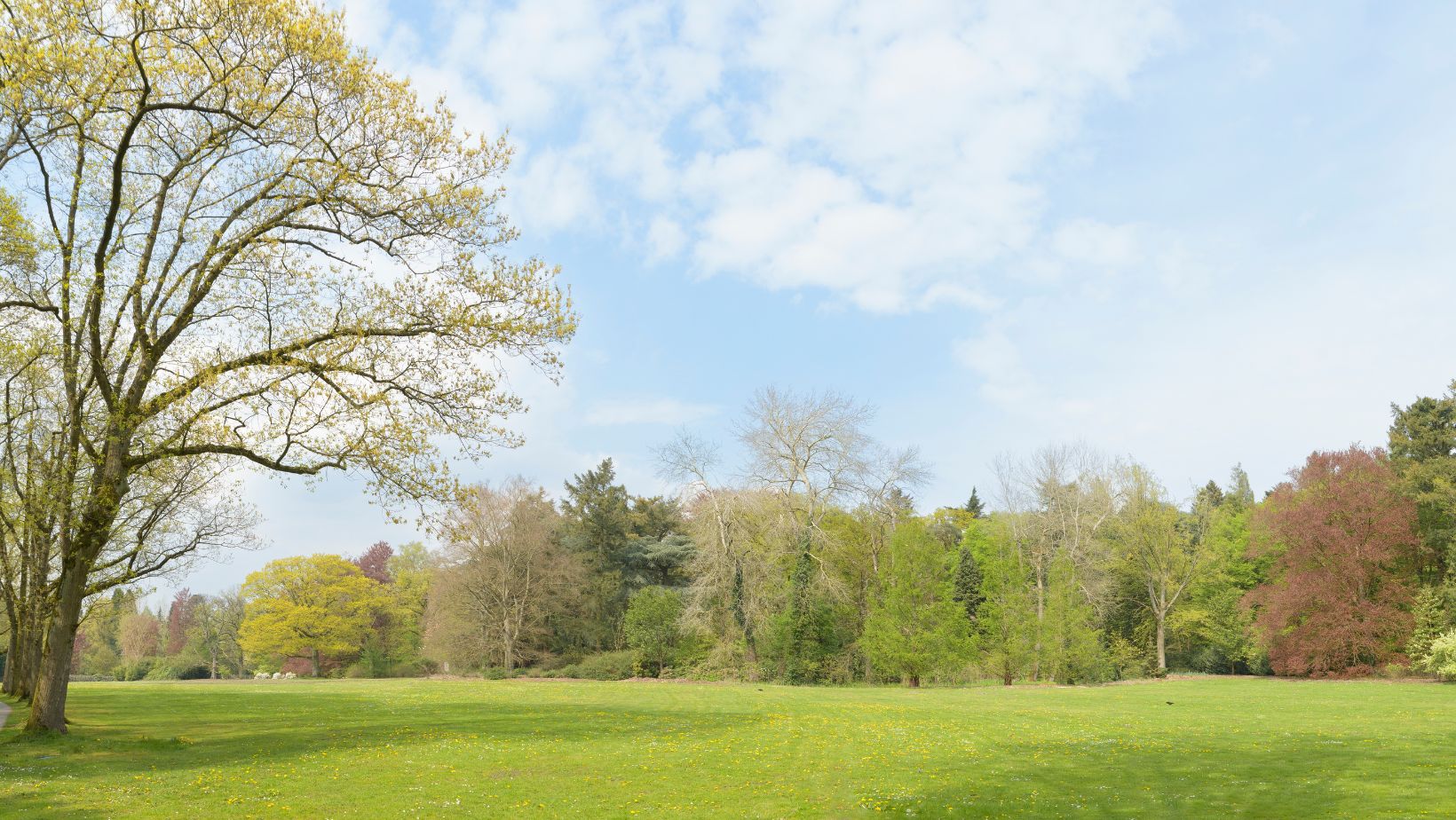
Green spaces serve as urban oases in the concrete jungle where millions call home. As cities expand and populations grow the need for natural sanctuaries becomes increasingly vital for both environmental and human wellbeing. These patches of nature transform lifeless cityscapes into vibrant ecosystems teeming with possibilities.
Creating more parks gardens and community green spaces in urban areas offers countless benefits that extend far beyond mere aesthetics. From improving air quality and reducing urban heat islands to boosting mental health and fostering community connections these natural havens play a crucial role in building sustainable cities. It’s amazing how a few strategically placed trees and gardens can turn a dull neighborhood into a thriving community hub where people actually want to spend time outdoors.
How Can Creating More Green Spaces be a Positive in an Urban Setting?
Urban green spaces deliver measurable health advantages to city residents through exposure to natural environments. Research from the World Health Organization links accessibility to green spaces with enhanced physical health outcomes mental well-being.
Physical Health Improvements
Green spaces encourage increased physical activity among urban residents. Parks with walking trails promote 48% more daily exercise compared to neighborhoods without accessible green areas. Studies demonstrate that people living within 300 meters of green spaces experience lower rates of obesity cardiovascular disease. Active spaces like community gardens generate 150 minutes of moderate exercise weekly for participants. Urban parks with playground equipment increase children’s physical activity by 35% compared to indoor play areas. Green spaces also improve air quality by filtering out 85% of harmful particulate matter reducing respiratory issues.
Mental Wellness and Stress Reduction
 Access to urban green spaces reduces cortisol levels by 21% in regular visitors. Spending 20 minutes in park settings lowers anxiety scores significantly compared to time spent in built environments. Hospital patients with views of green spaces recover 15% faster than those without natural views. Office workers with access to green spaces report 30% lower stress levels improved concentration. Community gardens foster social connections reducing isolation rates by 25% among participants. Natural environments enhance cognitive function with exposure to green spaces improving memory performance by 20%.
Access to urban green spaces reduces cortisol levels by 21% in regular visitors. Spending 20 minutes in park settings lowers anxiety scores significantly compared to time spent in built environments. Hospital patients with views of green spaces recover 15% faster than those without natural views. Office workers with access to green spaces report 30% lower stress levels improved concentration. Community gardens foster social connections reducing isolation rates by 25% among participants. Natural environments enhance cognitive function with exposure to green spaces improving memory performance by 20%.
Environmental Impact of Green Spaces
Urban green spaces create significant positive environmental changes in cities through natural ecosystem services. These spaces transform the local environment by improving air quality, regulating temperature, and reducing urban heat island effects.
Air Quality Enhancement
Green spaces act as natural air purifiers in urban environments. Trees and plants remove harmful pollutants including carbon dioxide, nitrogen dioxide, and particulate matter from the atmosphere. Research shows that a single mature tree absorbs up to 48 pounds of carbon dioxide annually. Urban parks with dense vegetation filter up to 85% of air pollutants within their vicinity. Living walls and vertical gardens capture an average of 40% of particulate matter in surrounding areas. Studies demonstrate that neighborhoods with 20% tree coverage experience a 24% reduction in air pollution levels.
Temperature Regulation and Heat Island Mitigation
Green spaces reduce urban temperatures through natural cooling processes. Trees provide shade coverage that lowers surface temperatures by up to 45°F compared to unshaded areas. Urban parks decrease local temperatures by 2-8°F through evapotranspiration. Data shows that cities with 30% green coverage experience average temperature reductions of 4°F city-wide. Green roofs reduce building temperatures by 30-40°F during summer months while absorbing 75% of rainfall. Studies reveal that strategic placement of trees near buildings reduces air conditioning costs by 30%.
| Environmental Benefit | Impact Measurement |
|---|---|
| CO2 Absorption | 48 lbs/tree/year |
| Air Pollutant Filtration | Up to 85% |
| Temperature Reduction | 2-8°F near parks |
| Building Energy Savings | 30% reduction |
Social and Community Benefits
Urban green spaces serve as catalysts for social interaction and community development. These natural environments create opportunities for diverse community engagement through recreational activities social gatherings.
Creating Gathering Spaces
Green spaces transform into natural community hubs that foster social connections. Public parks provide dedicated areas for community events like festivals concerts picnics bringing together residents from different backgrounds. Community gardens create collaborative spaces where neighbors interact while growing fresh produce sharing gardening tips. Studies show neighborhoods with accessible green spaces experience a 83% increase in social cohesion among residents. These spaces also serve as informal meeting points for local groups offering free venues for fitness classes cultural celebrations educational programs.
Promoting Outdoor Activities
Urban green spaces encourage active lifestyles through diverse recreational opportunities. Parks with designated sports areas see 375% more physical activity compared to neighborhoods without such facilities. Basketball courts tennis courts playgrounds attract residents of all ages promoting regular exercise social interaction. Walking trails in urban parks generate 67% more foot traffic than standard sidewalks encouraging daily physical activity. Green spaces also host organized sports leagues community fitness programs which build lasting social connections through shared activities. Parks featuring exercise stations experience 42% higher daily usage rates compared to traditional park spaces.
Economic Advantages of Urban Green Areas
Urban green spaces generate substantial economic benefits through increased property values, enhanced business activity, and improved local economies. These natural assets create measurable financial advantages for communities and municipalities.
Property Value Increase
Properties adjacent to parks and green spaces command premium prices in the real estate market. Studies reveal that homes within 500 feet of urban parks experience a 15% increase in property value. Commercial properties near well-maintained green spaces see an average 7% rise in rental rates. Analysis of real estate data shows that apartments overlooking green areas sell for 20% more than similar units without park views. Urban areas with 10% more green coverage report a $1,800 increase in annual property tax revenue per acre. Parks featuring water elements or mature trees demonstrate the highest impact, boosting nearby property values by up to 25%.
Local Business Growth
Businesses located near urban green spaces experience increased customer traffic and revenue. Retail stores facing parks report 25% higher sales compared to similar establishments in non-green areas. Restaurants with outdoor seating near green spaces see a 40% increase in foot traffic during peak seasons. Coffee shops adjacent to urban parks generate 30% more revenue than those in purely commercial zones. Data shows that business districts incorporating green elements attract 35% more new enterprises annually. Shopping areas with integrated green spaces maintain 15% longer customer dwell time, leading to increased purchases at local establishments.
Creating urban green spaces requires strategic planning and innovative approaches to maximize available land while ensuring long-term sustainability.
Converting Unused Spaces
Urban transformation starts with identifying underutilized spaces suitable for green development. Vacant lots transform into community gardens, producing 2,000 pounds of fresh produce annually per quarter acre. Rooftop gardens convert empty building tops into green oases, adding 30% more usable green space in dense city centers. Abandoned railway lines become linear parks, with successful examples like New York’s High Line attracting 8 million visitors annually. Parking lots integrate permeable surfaces with tree coverage, reducing stormwater runoff by 65%. Street medians evolve into bioswales, filtering 90% of water pollutants while adding greenery to urban corridors.
Sustainable Design and Maintenance
Smart design principles ensure green spaces thrive with minimal environmental impact. Native plant selection reduces water consumption by 75% compared to non-native species. Automated irrigation systems with moisture sensors cut water usage by 40%. Solar-powered lighting reduces energy costs by 80% while illuminating pathways for evening use. Composting programs convert 85% of green waste into natural fertilizer, creating a closed-loop maintenance system. Rainwater harvesting systems capture 95% of precipitation for irrigation, reducing reliance on municipal water supplies. Regular maintenance schedules optimize resource allocation, with targeted interventions reducing overall operational costs by 35%.
Implementation Strategies for Cities
Creating green spaces in urban environments stands as a transformative solution for modern cities. These natural sanctuaries deliver measurable benefits across multiple dimensions including improved public health enhanced environmental quality and stronger community bonds.
The data speaks for itself: increased property values reduced energy costs better air quality and improved mental well-being all stem from well-planned urban green spaces. With innovative approaches to implementation cities can maximize their available space while building sustainable and vibrant communities.
As urban populations continue to grow investing in green spaces isn’t just an aesthetic choice – it’s a strategic imperative for creating healthier more livable and economically robust cities for future generations.
